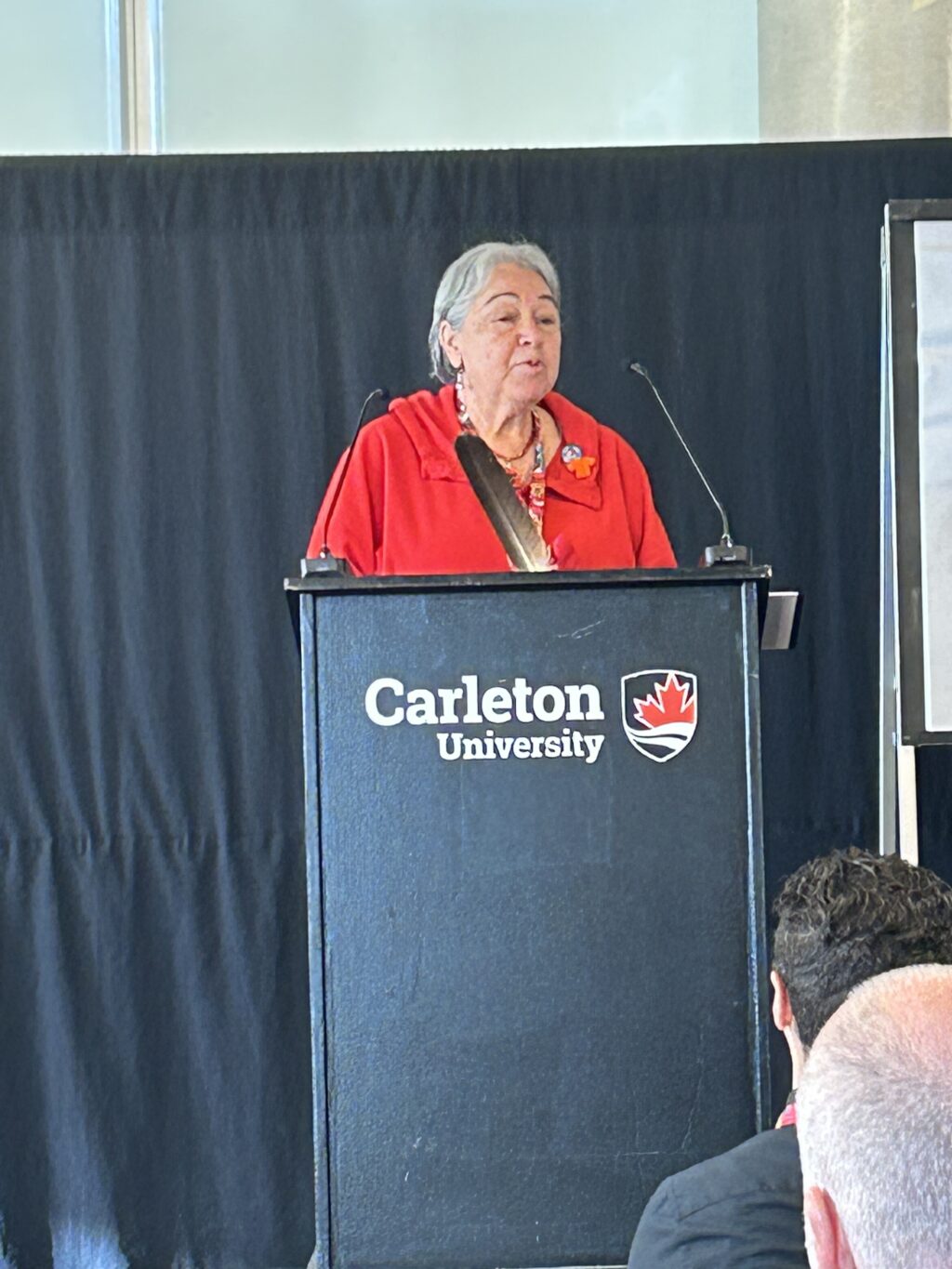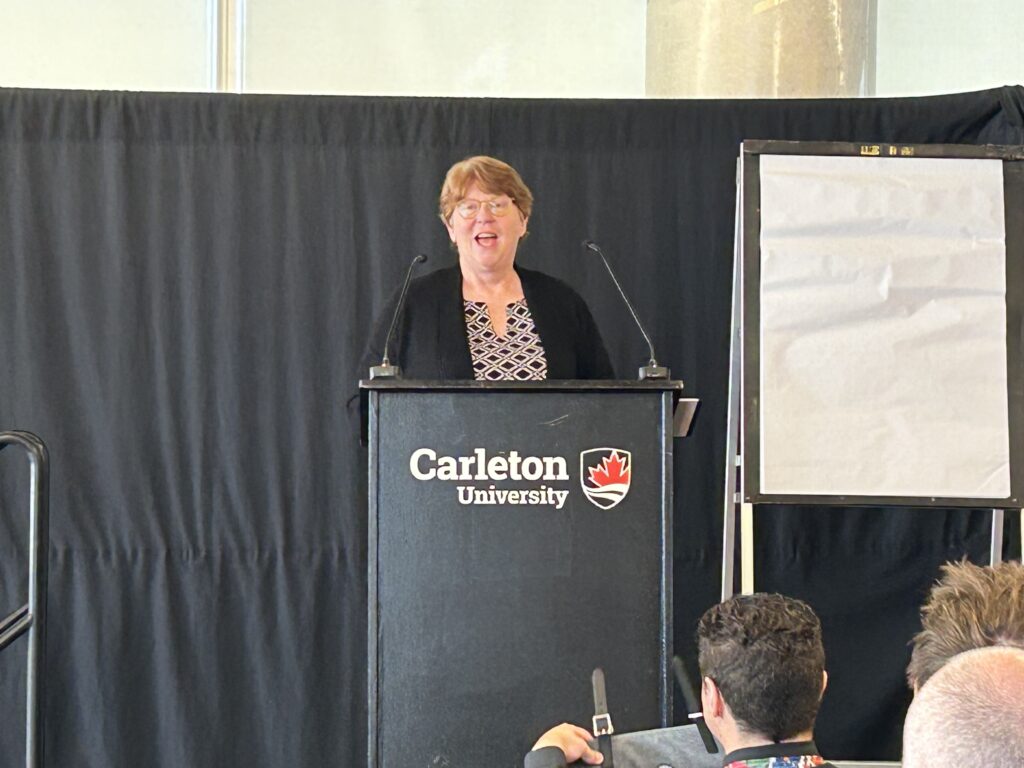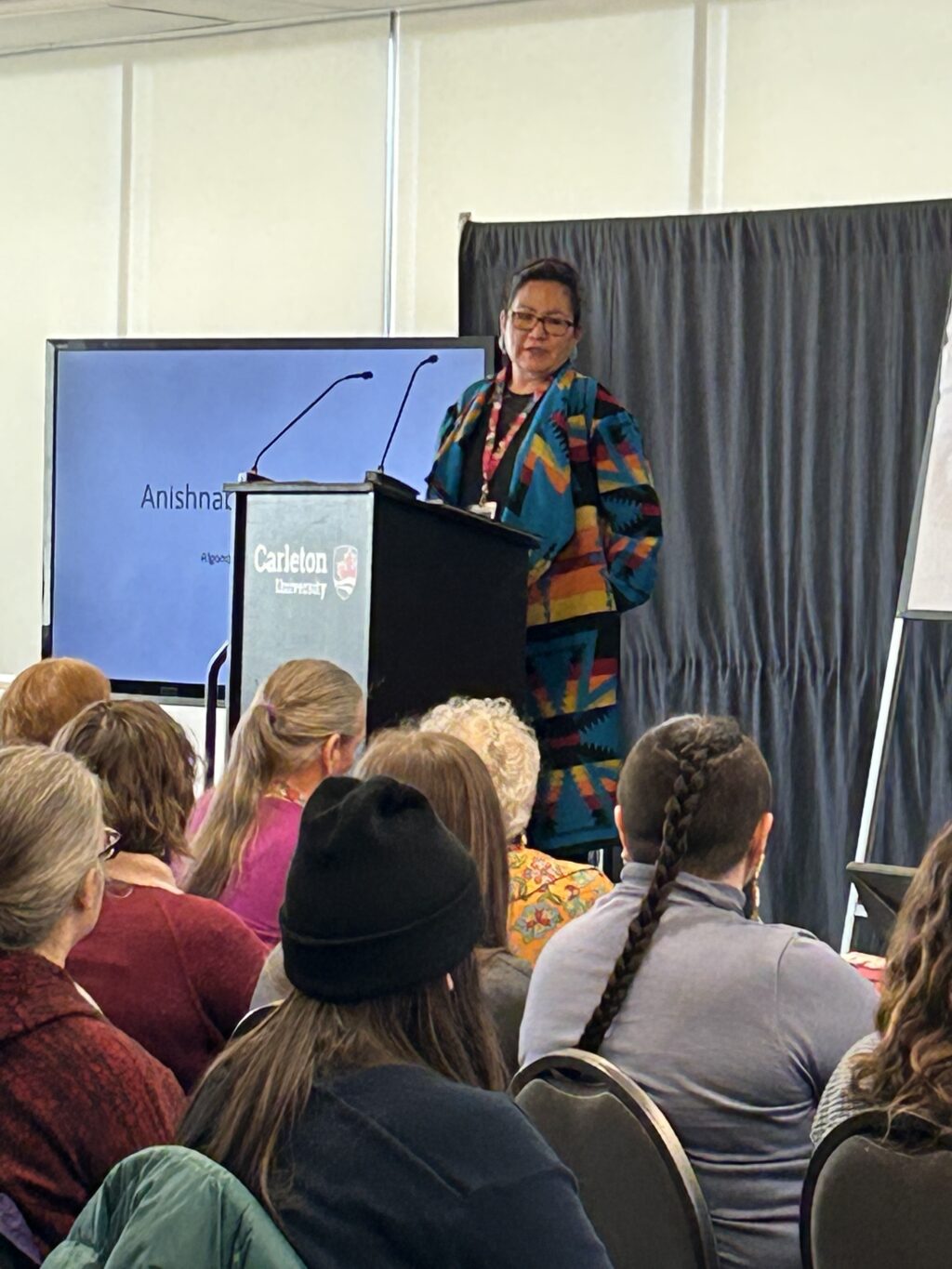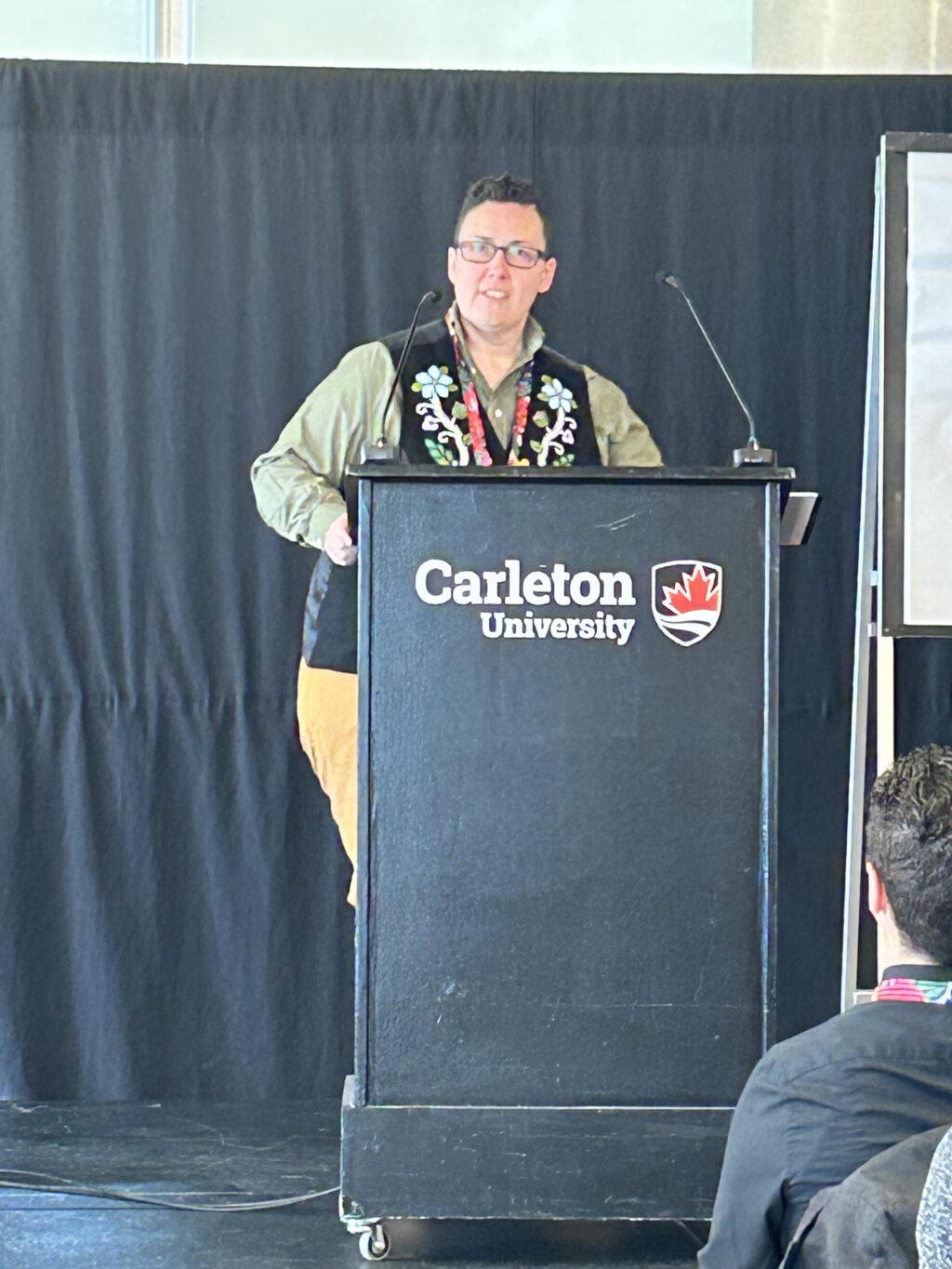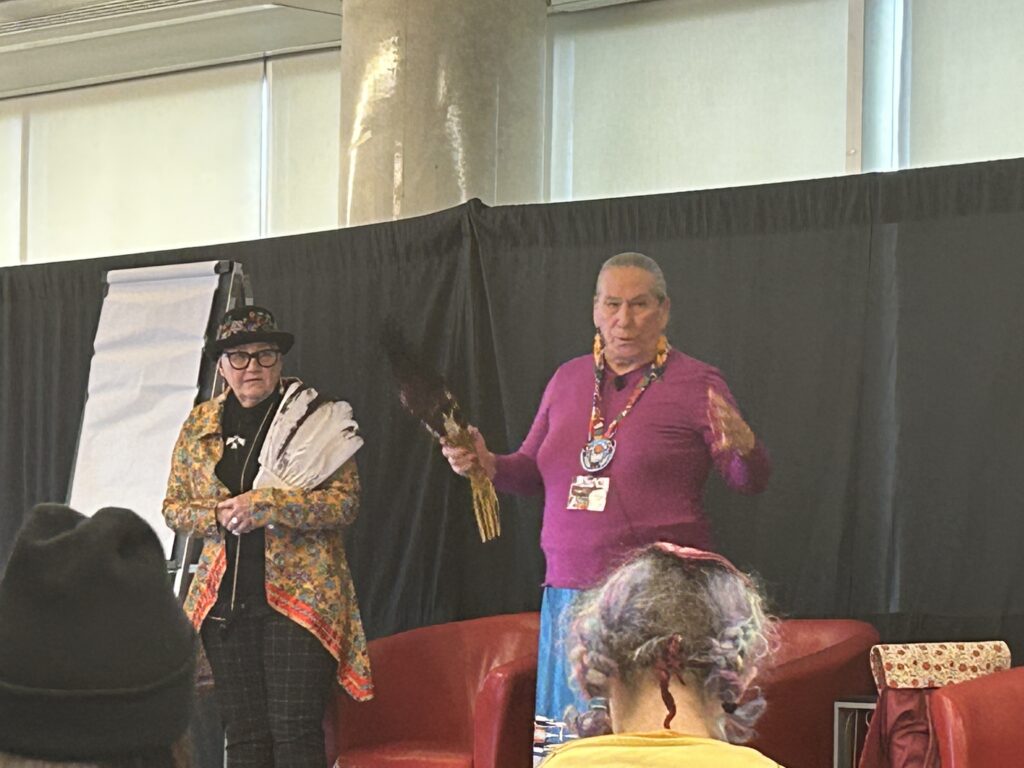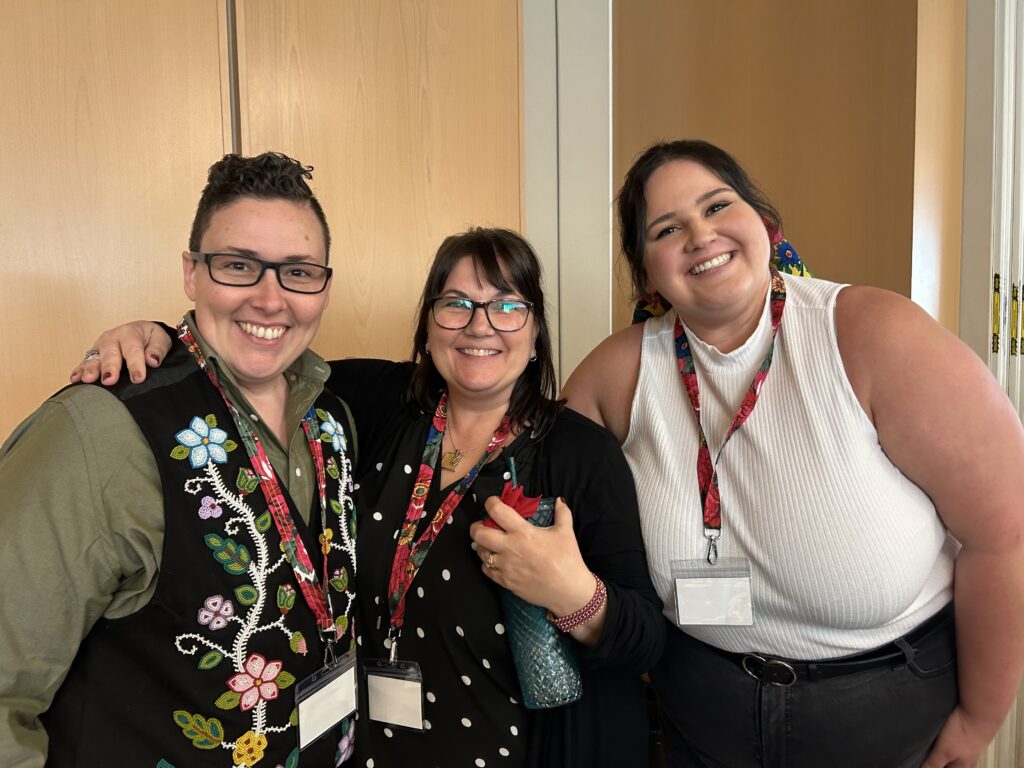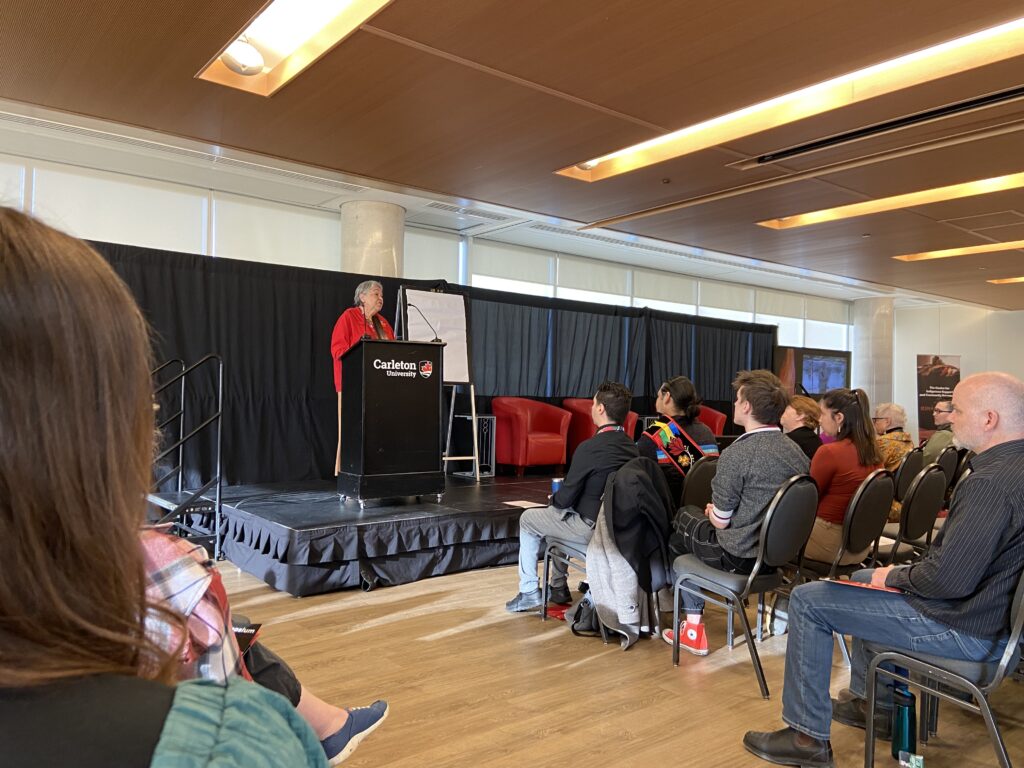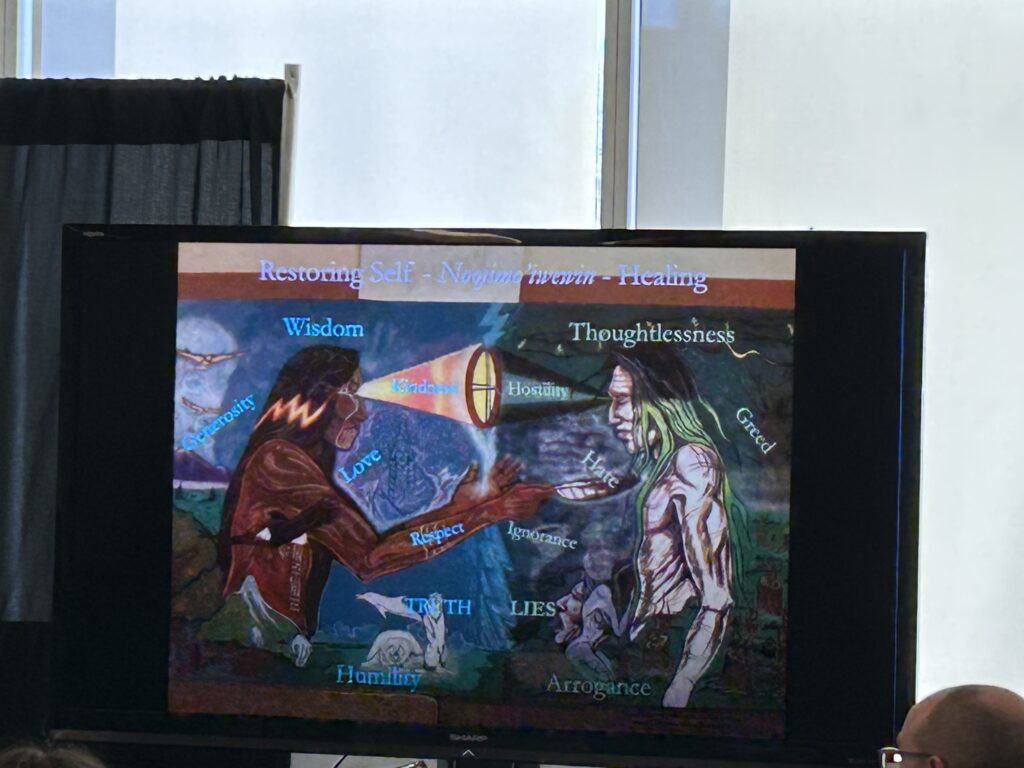Carleton’s Fifth Annual Kinàmàgawin Symposium Explores Indigenous Spirituality and Connection to the Land
On Feb. 8, members of the Carleton University community gathered to participate in the fifth annual Kinàmàgawin Symposium hosted by the Centre for Indigenous Support and Community Engagement (CISCE) and emceed by Matthew Bisson, who is a member of M’Chigeeng First Nation on Manitoulin Island.
The annual symposium was established in 2019 to address significant topics chosen by Indigenous students and to create a learning opportunity for non-Indigenous students, faculty and staff. The name Kinàmàgawin, which means “learning together,” is shared by the Kinàmàgawin Report published by Carleton in 2020 that guides the university’s actions in making its campus a safer place for Indigenous students, faculty and staff.
Algonquin Anishinabeg Elder Barbara Dumont-Hill opened the symposium by sharing inspiring words about moving forward with gratitude for the land and the world around us.
“Having respect for our Earth, for other human beings, it’s time that we move forward to walk this path together,” she said.
Benny Michaud, Director of CISCE, highlighted the symposium’s foundation in humility, emphasizing the importance of shared knowledge.
“My wish for each of you here today, as you sit here and you listen to the speakers share their wisdom and their knowledge and their stories, is for you to be in awe of the collective knowledge of our peoples,” she said. “Today is about being vulnerable and asking questions— even questions that you think everybody else might know the answer to—because this is intended to be a kind and gentle space, a non-judgmental space. We want people to learn.”
Provost and Vice-President (Academic) L. Pauline Rankin opened the event alongside Bisson, Dumont-Hill and Michaud. “Today, we will be participating in a journey of understanding and respecting the sacred elements that shape Indigenous spirituality,” she said. “It requires an openness from us all to learn from the land, recognizing it as more than a physical space but as a source of wisdom.”
The event included several presentations from Indigenous Knowledge Keepers who shared knowledge and stories connected to the symposium theme: Connecting to Indigenous Spirituality: Learning from the Land, Community, and Culture.
Anishinaabe Pike Constitution with Clan Teachings
Shannon ‘Waba’ Chief, from the Anishinaabe-Algonquin Nation and the Anishinaabe Moose Committee Coordinator, shared the story of the Anishinaabe Pike and its centrality in the Anishinaabe Clan System. With an in-depth exploration into the symbolism of the bones associated with the Anishinaabe, she shared an understanding of the structure, protocol and respectful ways community works together as clans, delving into the decolonial methods of governance and communal living used by the Algonquin Peoples before the imposition of the Indian Act.
Indigenous Spirituality and the Land
Ron Indian Mandamin, from Iskatewizaagegan No. 39 Independent First Nation and a dedicated teacher of Anishinaabe knowledge, presented the roots of Indigenous spirituality through the story of the Sky Woman and the connection that is shared between people’s spirits and the world around them. He believes that taking the central path between the split roads of science and spirituality can lead to a truer understanding of the universe. “We were always told to remember who we are because you never know who you are going to meet in your lifetime,” said Mandamin. “That blood extends not just one generation, but thousands of generations. That blood is alive and it runs through each and every one of you.” Mandamin ended his presentation with a song of unconditional love and a reminder to approach the world with kindness.
Manidookewin, Eskakamikwe, Aanikoobijiganag Minawaaa Noojimo’iwewin: Ceremony, Mother Earth, Ancestors and Healing
Mko Mose (Andrew Judge), Assistant Professor of Anishinaabe Studies at Algoma University, began his presentation with a smudging ceremony and the traditional sharing of homegrown corn and tobacco. He emphasized the need to resist the elimination of these practices through learning and sharing. Mose commits his life to restoring Indigenous teachings for future generations, “for them to live in a world where they can live, laugh and heal, to bring spaces where people can practice Indigenous culture again so that the actual practices of our people can be practiced again, not just talked about,” he said.
Two Spirit People and Spirituality – Our Story
Kookum and Knowledge Keepers Barbara Bruce and Elder Charlotte Nolin devote their lives to advancing the rightful place, recognition and acknowledgement of the Two Spirit community. Bruce and Nolin shared their stories as Two Spirit and Tastawiyiniwak (“in between people”), speaking about the exclusion experienced by LGBTQIA+ people in First Nations communities. They explained how they seek to create a space for Two Spirit and Testawiyiniwak through initiatives like the Two Spirit Sundance. “We wanted to be here with you to call the on the Two Spirit people and to know that Two Spirit people are connected,” said Bruce. “They are connected to the land, they are connected to community, they are connected to the water, and to the Earth Mother. And we’re calling to you as allies to let us in.”
Accessing Ceremonies in Urban Spaces and How to Connect to Spirituality
The symposium concluded with emcee Matthew Bisson engaging in a panel discussion with Louella Tobias, third-degree Midewin from the lodge on Manitoulin Island, and Jackie Tenute, Anishinabekwe, exploring the intersection of urban living and Indigenous spirituality. In this discussion, Tenute and Tobias built a bridge between traditional practices and modern life, sharing ways of practicing spirituality in daily life. They emphasized that modernity is not a barrier to spirituality and that a person’s spirit can thrive as long as they live life with gratitude and compassion. “If you just live a physical life, you’re only living half a life,” said Tenute. “You need spirituality in your life to live a whole life.”
